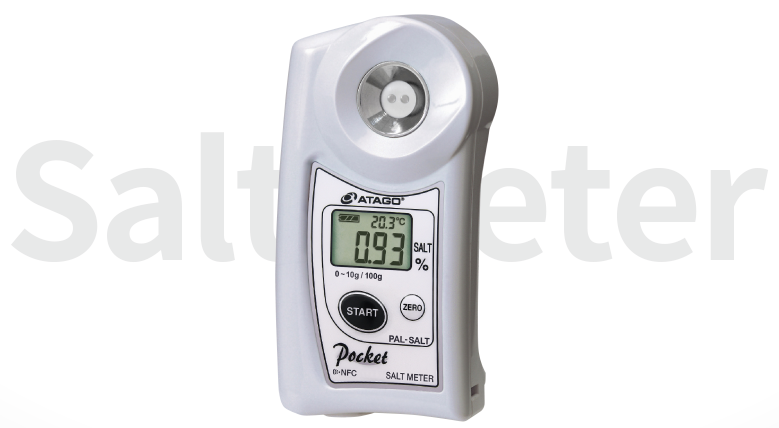

Digital Salt Meter


The world’s first to use durable and sturdy “titanium” electrodes. The use of titanium electrodes conquered typical issues like susceptibility to scratches over a period of time and fluctuating measurement results that are common with gold plated electrodes.

Rated IP 65 water protection. Ready to sustain tough conditions whether in a kitchen or production floor.

We have heard many concerned voices with the accuracy of the conventional salt meters that only display rough estimated salt levels and how results may vary depending on how the sample was measured. ATAGO’s salt meter will not just estimate whether it is too salty or not, but rather numerically display the result as a salt concentration.
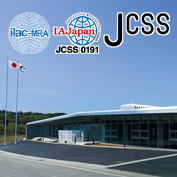
The majority of the simplified conventional salt meters do not have calibration function and cannot be calibrated even when measurement values are off. ATAGO’s salt meter can zero set to air and provide calibration service as the JCSS verified manufacturer.

High temperature and oil containing soup dishes such as miso soup, tsuyu for oden (soup sauce for Japanese one-pot dish consisting of several ingredients such as eggs, konjac and processed fishcakes), ramen soup, can be measured with stable readings. The sample temperature can be anywhere from 5 to 100 ℃ (41 to 212 ˚F) .

Solid samples such as ham, bacon, himono, potato chips can be measured by diluting cut or chopped small pieces with water. ATAGO’s salt meter can be used by those with high blood pressure or other lifestyle diseases that would like to record a daily salt consumption measurement.

A perfectly compact size to be used on a production floor. Its light weight allows to easily take measurement at home or even when dining out for personal health monitoring.

Highly chemical resistant material, PBT (Polybutylene Terephthalate) is used as a casing material. Unbreakable and sturdy body casing.

PAL-FM1 has been renewed and released as a new version, PAL-Fish Fillets - ideal for measuring both dried fish and raw fillets! It is now possible to measure closer to titration values and more precisely with a minimum error of 0.0%*!
In addition, by expanding the temperature compensation range to 5 - 40 ゚C, which is more in line with actual environmental site temperatures, measurements have become more stable. Insert the probe into the fillet and in just 3 seconds receive a value that is close to titration. PAL-Fish Fillets frees the user from the hassle and trouble of past methods!
*According to research. Results depend on the type and position of dried fish and raw fillets being measured.

Rizzoli EMANUELLI
ES-421

Aquarentarium
PAL-Coral Reef Fish

Ritto Smoked Kobo
PAL-SALT
for bacon in desalting

Natural Seawater bluelab
PAL-Fish Tank for artificial seawater

NIPPAN Carp Farm Co., Ltd.
PAL-SALT PROBE
for hypertension prevention
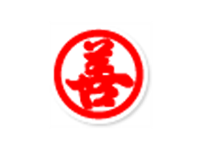
MARUZEN CO., LTD.
PAL-SALT PROBE
for ingredient confirmation

MuraiSuisan co.,Ltd.
PAL-SALT PROBE
to preserve the traditional taste

Japanese Soba Noodles Tsuta
Ramen Meister Set

Motenashi Kuroki
Ramen Meister Set

Soranoiro japanese soup noodle free style
PAL-96S

Ramen Arrow · Rock'n'Billy
Super One
Ramen Meister Set

Ramen Hachinoashiha
Ramen Meister Set

Muteppou Main Store
Ramen Meister Set

Kadoya Shokudou Main Store
Ramen Meister Set

HAKATA IKKOUSHA HAKATA
Ramen Meister Set
MASTER-Ramen α

Kagoshima Ramen Ton Toro
Ramen Meister Set
MASTER-20M

HIDE CHAN-RAMEN
PAL-96S
MASTER-Ramen α

Kokutei Kumamoto-Ramen
Ramen Meister Set
MASTER-50H

Aoba Nakano main store
PAL-ES1

‘TeuchiSobakiri’ (Handmade buckwheat noodle) Matsuou
PAL series

‘Sobakiri’ (Buckwheat noodle) Kanbei
PAL series

‘Teuchi Soba’ (Handmade buckwheat noodle) Satomian
PAL series

‘Sobachaya’ (Soba Restaurant) Issei
PAL series

Moriya Ltd.
PAL series
PAL-03S
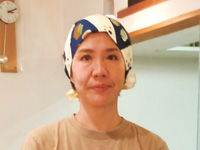
UdonBiyori
PAL series
PAL-05S

Frankel
PAL series
PAL-03S

Yamato MFG Co., Ltd.
PAL series
MASTER-S28α

Wakasa Town Health and Medical Section
PAL-SALT PROBE
for hypertension prevention

Totenkaku Royal Chinese Restaurant
PAL for quick measurement

Ringer Hut Co., Ltd.
For objective numbers

RedRing Wanton Mee
PAL for a means of ensuring
consistency in their products
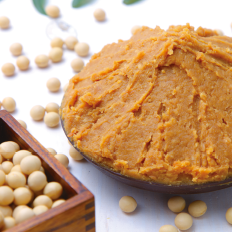
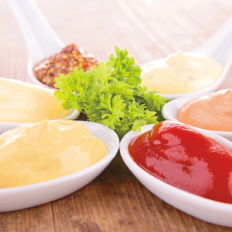

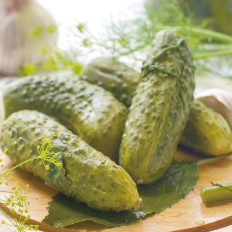
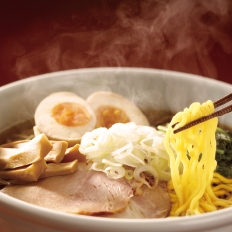
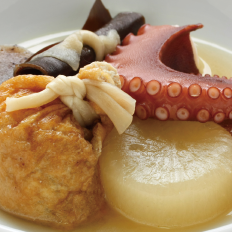





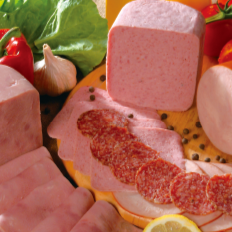
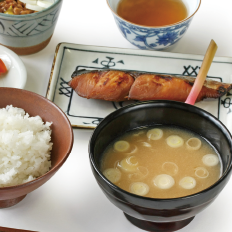


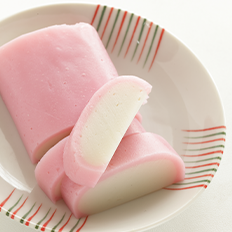








PAL-SALT
Measure up to 10% (g/100g) with Off-set function

PAL-SALT Mohr
Measure up to 10% (g/100mL) with Off-set function
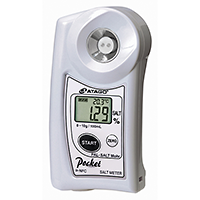
PAL-SALT PROBE
Probe type

ES-421
Desk top type Measure up to 10%
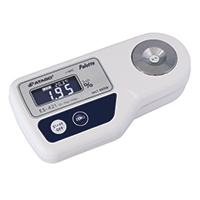
PAL-Fish Tank
Seawater Salinity‰

PAL-Coral Reef Fish
Measure up to 10% (g/100g)

PAL-Bread Dough Meister
Salt measurement of bread dough
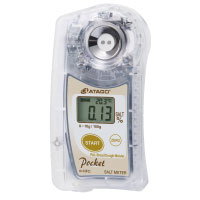
PAL-Fish Fillets
Special scale for fish fillets Probe type


